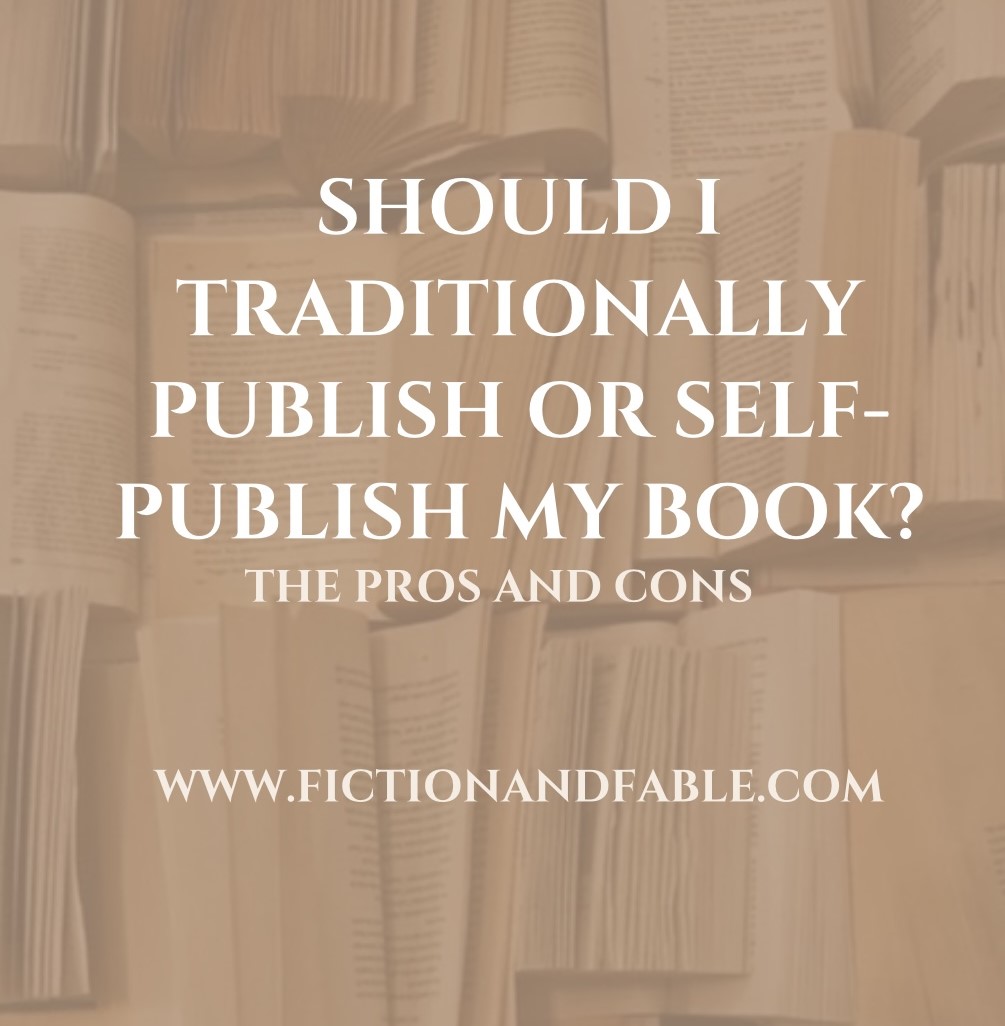Revising your manuscript can be intimidating, and it can be hard to know where to start. To successfully tackle revision, you’ll need a strategy to break down the heavy lifting.
These 4 steps break down the revision process into digestible, visual layers of your story. I suggest using index cards that you can post to a wall or spread across the floor so that you have a visual that you can easily move around. Nailing down the story is the most complex work you’ll do while revising, but it is also the most important to fulfilling your vision for your story.
It’s important to note that you’ll want to move through and perfect each of these steps before you actually begin rewriting your story. Resist the urge to rewrite and tighten up your prose until after you’ve set the plot points in place. This will save you the extra work of constantly having to tweak the writing to accommodate its spot in the story.
Let’s look at this 4 step manuscript revision process.

1. Summarize Your Plot
First, you’ll want to write out the basics of your story. I like to start with big picture stuff first, and then with each pass through the plot, narrow down the summary. For instance, you can start by summarizing each part of the story (beginning, middle, and end). Then you’d move to summarizing each chapter, then each scene, getting smaller and smaller details as you go. You might include plot points, backstory, exposition, or thoughts in these summaries so that you can keep track of where you’re strategically making your reveals.
The purpose of this is to keep track of where you’re placing each point of your story, which will help you recognize any holes you may still need to fill in with the plot.
2. Story Board Plot Points
Once you have a map of your scenes, you can move around your points to reveal information strategically—this is why you’ve created your plot points on cards you can move around. For instance, you may first lay out the events on your timeline in the order that they happen, then once you’ve established the events chronologically, you may move the events to be revealed at a later point of your story’s timeline.
So let’s say one of your secondary characters does something that betrays the protagonist. They did this action, chronologically, at the beginning of the story; however, you don’t want your protagonist to know right away that their friend has betrayed them. So in this instance, you’d move your story board point to further back in the story, placing the reveal at a strategic moment when it raises the stakes for the protagonist.
3. Identify Your Core Scenes
Next, choose at least 6 scenes that are key moments that move your story forward. These will be scenes like turning points or pinch points.
Turning Points: any time your protagonist has to pivot and change their course of action based on new information or new actions.
Pinch Points: these are moments that reveal the stakes or create urgency by showing the power of the antagonist.
Analyze whether these core scenes directly lead to each other and, most importantly, move toward the climax. If these scenes don’t lead to the climax, you may need to assess the inclusion of these scenes in your story, or else revise them to lead more directly to the climax. The reason for this is because the climax is the high point of the story—where all of the protagonist’s problems finally come to a head—so each scene should be a step closer to the protagonist battling their antagonist and reaching (or not reaching) their goal.
4. Develop the Thread of Meaning
Once you’ve nailed down the story points, you can then decide which moments are packed with motifs, emotional issues, backstory, and questions that pull the story along. This would be all the supplemental stuff that adds meaning to the action of your story. This is the final step of revision because you’ll want to have strong plot points before deciding which of those moments calls for the reveal of these supplemental threads.
A professor of mine once compared revising a novel to a child picking up their toys. To make the clean-up easier, the child would start by picking up the biggest toys first. Then, once the big toys are tidied up, the child could move on to cleaning up the medium-sized toys, then eventually to the smallest toys. Cleaning up a novel is much the same. You want to start cleaning up your big picture issues first, then your medium-sized issues, then your small issues. By conducting an order for the cleanup, it makes the tackle a heck of a lot easier.


